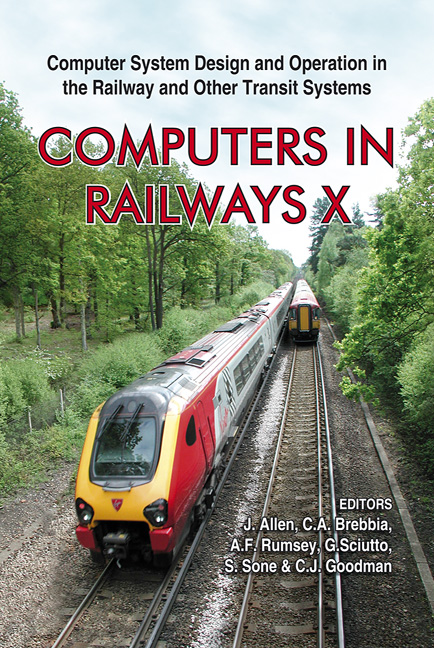Measurement Of Train Driver’s Brain Activity By Functional Near-infrared Spectroscopy (fNIRS)
Price
Free (open access)
Transaction
Volume
88
Pages
10
Published
2006
Size
1,804 kb
Paper DOI
10.2495/CR060251
Copyright
WIT Press
Author(s)
T. Kojima, H. Tsunashima & T. Y. Shiozawa
Abstract
Train drivers are strongly urged to avoid making human errors of judgment. To avoid human error in train operation, driving support systems should be developed in consideration of human behavior. In developing such systems it is important to understand the relation between the train operation and the brain activity of driver. The brain activity during the driving operation with a traindriving simulator is measured by a functional near-infrared spectroscopy (fNIRS). To compare the changes in the brain activity with the driving operation, we developed an analysis method that can extract the brain activity related to task by using a wavelet-based multi-resolution analysis. The results show that the brain function due to a train driving can be evaluated with the proposed method. Keywords: railway, human factors, brain function, near-infrared spectroscopy, wavelet, multi-resolution analysis, train simulator. 1 Introduction One of the characteristics of train driving is that the driving operation tends to be more monotonous than car driving. This decrease in the driver’s arousal level may cause human error. Railway companies provide education and training to train crews as part of measures to prevent such human-error-related accidents. In addition, companies have introduced backup systems such as Automatic Train Stop (ATS) devices. On some railways, Automatic Train Operation (ATO) devices have been introduced to automate train operation.
Keywords
railway, human factors, brain function, near-infrared spectroscopy, wavelet, multi-resolution analysis, train simulator.





